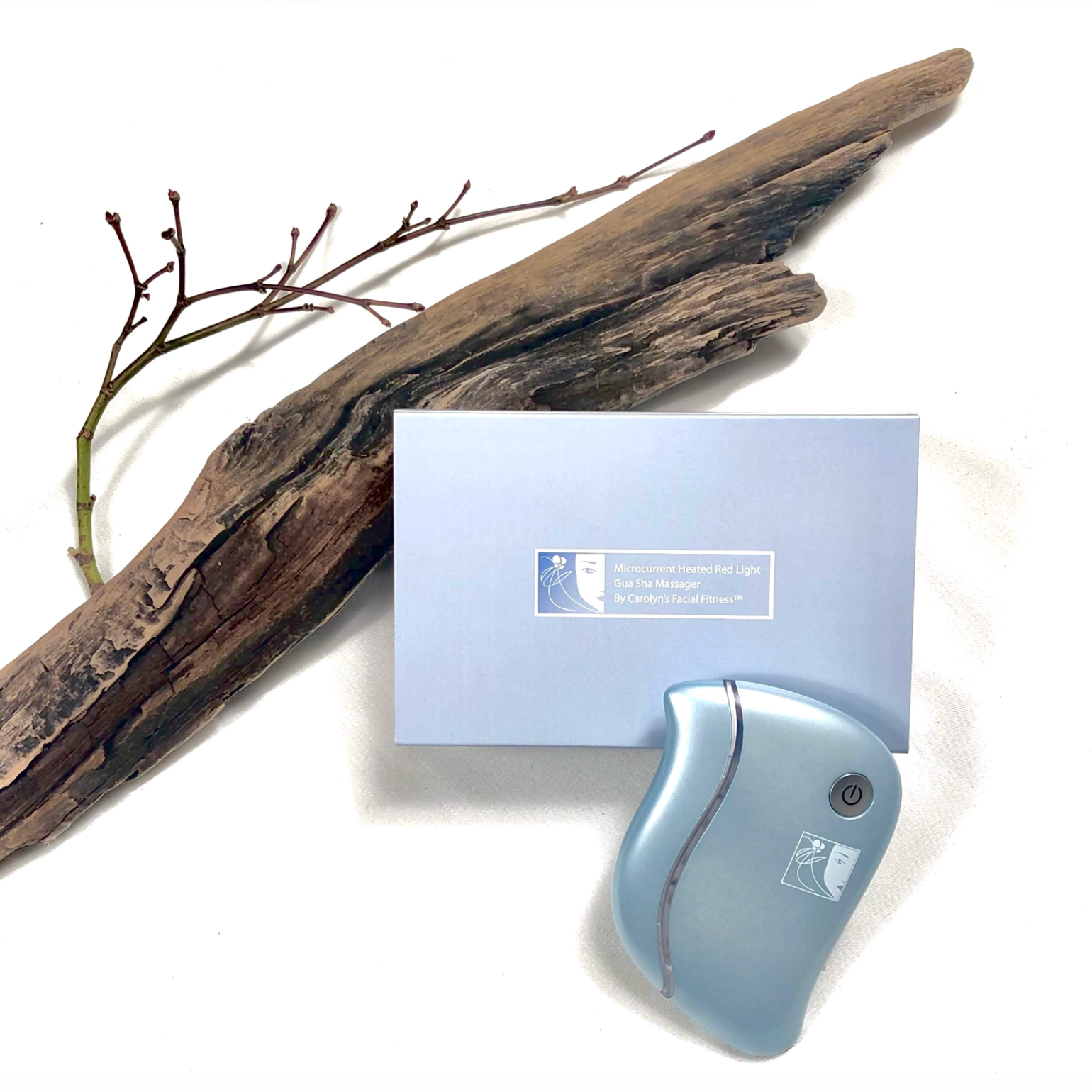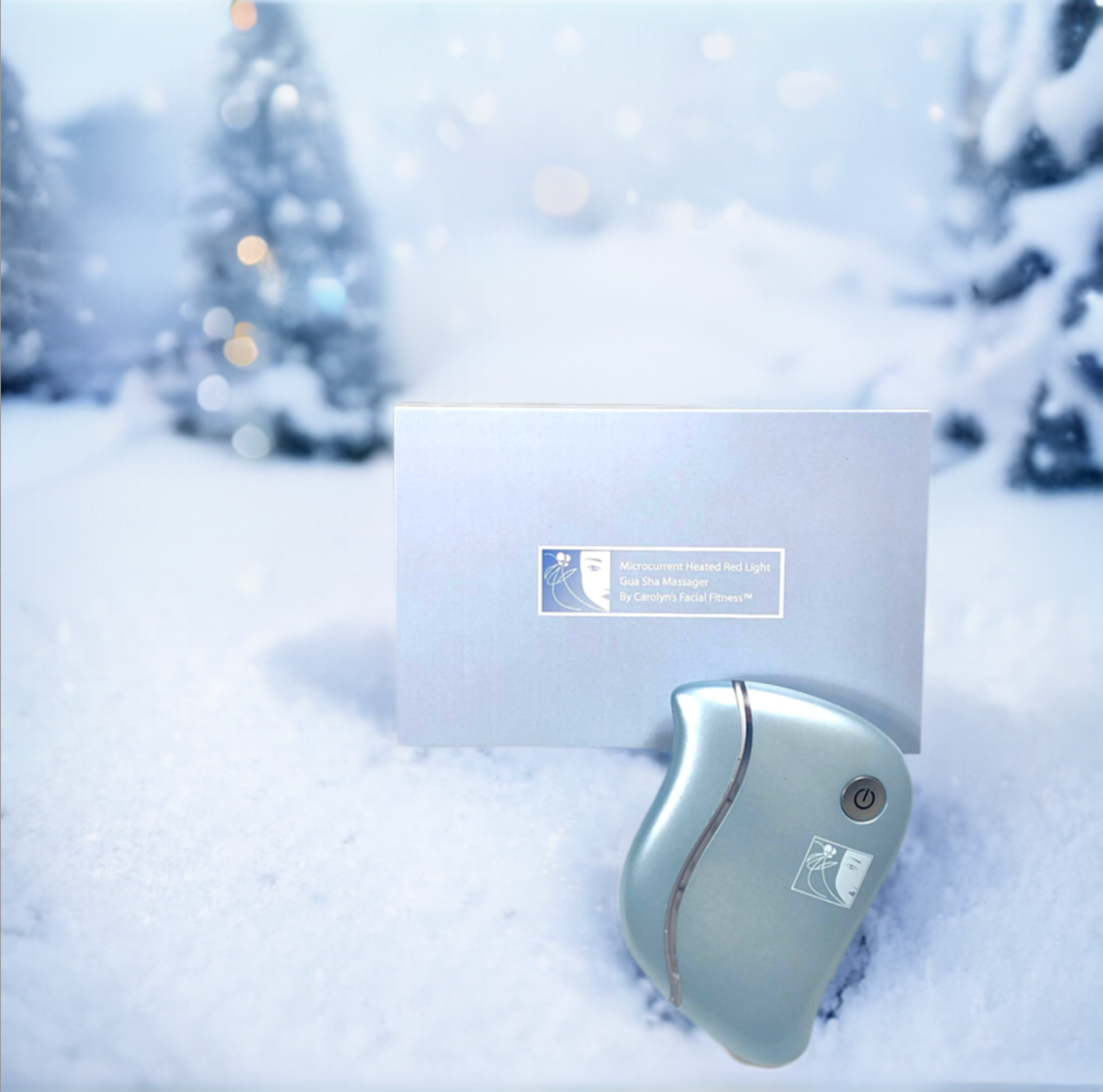How does aging affect the skin and muscles of the face and what can we do about it?
I thought it might be interesting to talk a bit about the construction of the skin and muscles of the face and what happens to this construction as the years march on and how we can improve it.
First off, the muscles in the face actually go through the skin, thus allowing us to show facial expressions. In the body, the muscles mostly attach bone to bone. In the face, one end of the muscle attaches to the bone and the other end to another muscle or into the skin. Therefore, in the face the muscles are more intertwined than muscles in the rest of the body. And to be really exact, the muscles themselves do not attach, but rather it’s the fascia that helps hold the muscles in place and it’s the fascia that does the attaching. But, hey! That should be a whole new article of which I will write, eventually!
Skin on the face is not much thicker than typing paper
I read this great analogy for the skin in the face that compared it to a thin sheet of fabric spread across an innerspring mattress. When the mattress is new, the sheet lies flat and smooth. As the mattress ages, its springs and struts break – the stuffing slowly disintegrates and the sheet at the surface slackens and wrinkles.

Construction of the Skin
Epidermis
The skin’s epidermis (see diagram) is just 0.02 mm thick on the face and is made up of cells called keratinocytes, glued together by an extracellular matrix which is the defining feature of connective tissue. The epidermis is continually regenerated by stem cells at its base. These issue new keratinocytes, which move up and after a month, slough off and are responsible for producing the major ingredient of house dust. Along the way, melanin-forming cells, known as melanocytes, infuse keratinocytes with the pigment melanin – the ingredient that gives us color to our skin. This is all to a degree, dependent on their UV exposure, of which I will talk shortly.
Dermis
This “thick mattress” that underlies the epidermis is called the dermis. The epidermis is mostly composed of cells with a thin “smear” of extracellular matrix in between. In the dermis, things are reversed. This extracellular matrix becomes a gelatinous sea in which floats the occasional cell and blood capillary. Now, woven through all of this is a protein mesh with rope-like collagen fibers and these provide tensile (tension) strength with feather-like coils of elastin. The coils stretch and retract. Elastin gives the skin elasticity. Elastin fibers are very interesting in that they tend to take on the shape of whatever is around them. So as you exercise the face and produce more collagen and therefore more elastin fibers, these elastin fibers are what help hold the newly shaped face in place.
Since collagen and elastin fibers provide the strength and springiness of the dermal “mattress”, the integrity of the surrounding tissue is made of molecules called glycosaminoglycan (GAGs). The most common of which is hyaluronic acid. These GAGs absorb huge amounts of water. They are very large molecules. They form the jelly-like consistency of the dermis. This gives the dermis the ability to resist compression and it provides a medium through which nutrients can diffuse from capillaries and nourish the cells.
Fibroblast cells
The “mesh, springs and stuffing” in our analogy of the dermal mattress are produced by fibroblast cells. The main function of fibroblasts is to maintain the structural integrity of connective tissues by continuously secreting precursors of the extracellular matrix. As the skin ages, both the epidermis and the dermis thin out and the orderly architecture of the skin starts to disintegrate over time. Meaning, instead of the regularly arrayed ropes and coils, the collagen frays and the elastin fibers clump. However, the skin is organic and it is constantly being regenerated by resident stem cells. Some 300 million out of the total two billion skin cells in the body are replaced daily. So, with all of this regeneration going on, what is it that causes the skin to age?
How Free Radical Damage Ages Skin
Sunlight is a major factor of this sort of damage. UV light generates highly reactive “free-radicals” that can damage the fabric of the dermis. Simply compare the skin on your bottom with the skin on your face. Dermatologists will tell you the skin on your bottom is about 20 years younger for those of us in middle-age and beyond.
Free radicals can directly damage DNA, as well. An inbuilt safety mechanism commands damaged cells to self-destruct. Stem cells are among those occasionally hit. When one of these is hit, the skin’s ability to regenerate is compromised. A decline in stem cells is not the only cause of aging skin … some cells merely shut down and stop responding. They do not self-distruct, but the result is essentially the same. The integrity of the skin is compromised as we age. The renewal process is no longer working to the optimum as it does in our youth. The technical term is “senescence” – the cell’s equivalent of drifting into old age. The older the person, the greater the number of senescent cells.
The Result
These senescent cells have a tendency to release enzymes that digest collagen. Melanocytes are also damaged. For some reason, as these cells age, they lose their fine control. Instead of “drip-feeding” melanin to the keratinocytes, they release it in large dollops which shows-up as liver or age spots (solar lentigines) that appear on the face and the back of the hands of older people.
How to counteract this process of deteriorating skin as we age
Both what we do on the outside as well as what we do on the inside will make a difference in how slowly or quickly skin deterioration occurs. Here are some of the ways we can slow down the aging process.
Antioxidants
So, do antioxidants work to prevent skin aging? They certainly soak up free radicals when added to cells in a test tube. However, creams and lotions containing antioxidants that are non-prescriptive only work superficially. They certainly can help in giving the skin a beautiful glow and a finer-looking texture. However to completely refurbish the skin’s “mattress”, one must work from the inside out as well. This can be done by eating foods high in antioxidants and by performing facial exercises.
Facial Exercises Keep You Looking Young
Facial exercises not only rejuvenate the skin by allowing healthier and healthier cells to replicate, they actually allow the production of more collagen and elastin fibers, as well. Exercising the face rejuvenates the structure and integrity of the face, neck and skin by building more muscle fiber and improving muscle tone. They help to bring more oxygen to the cells which in turn helps to alleviate and prevent oxidative injury, as happens with too much UV exposure. Face exercises can relieve stress in the face while giving one a more natural, youthful look.
Rejuvenate the skin
Facial exercises rejuvenate all three layers of the skin over time. Skin cells complete their life cycle every 28 days. With facial exercises one is continually making healthier cells. This replication of healthier and healthier cells makes for a more beautiful, vibrant skin in the long run. Another consequence of exercising the face and neck for that matter, is an increase in collagen production and therefore an increase in elastin fibers, as well.
Improving skin tone
Performing facial exercises results in the combination of building muscle fiber, pumping more fluid into the subcutaneous layer of skin and allowing the skin to firm up around the contracted muscles. You not only improve the texture of the skin, you also rebuild the entire skin structure that results in a healthier, firmer, fuller and more contoured face and neck with less prominent lines. You actually look years younger than you are.
Conclusion
The face has essentially three layers of skin. The epidermis, the dermis and the subcutaneous layer. Muscles in the face are intertwined with the skin, allowing us to show facial expressions. Facial exercises rejuvenate the skin, muscle and connective tissue so as we age, the collagen and elastin fibers are continually being produced more often than not. The muscles tone up and build and this further smooths and tightens the skin.
Even as we age and create more senescent cells, by performing facial exercises we are generating healthier cells, as well as stepping up collagen and elastin fiber production. The result is not only younger looking skin, but a lifted contoured face as well.



